Bird Spotting
A British garden is a wonderous place that can be full of nature and can attract many different species of bird. Here are 19 of the most common birds that you are likely to spot in your garden.
1. Robin
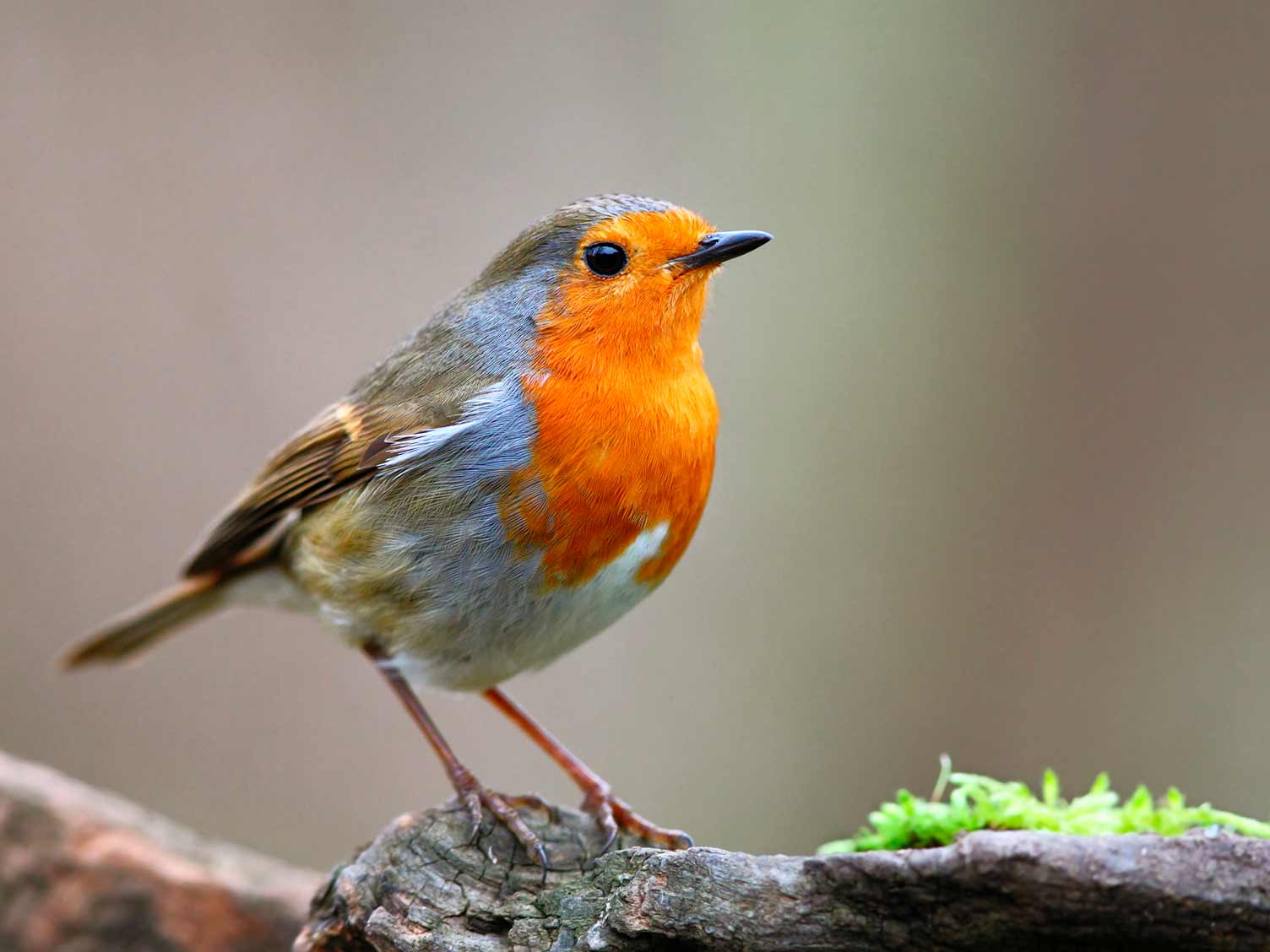
The robin is arguably one of the easiest birds to spot – its bright red chest giving away its identity to all that it meets. The bright bird is spotted throughout the year, especially so during the festive season, which is why it has long been symbolic of Christmas (you’re sure to find one on a Christmas card if not in your garden).
2. Collared Dove
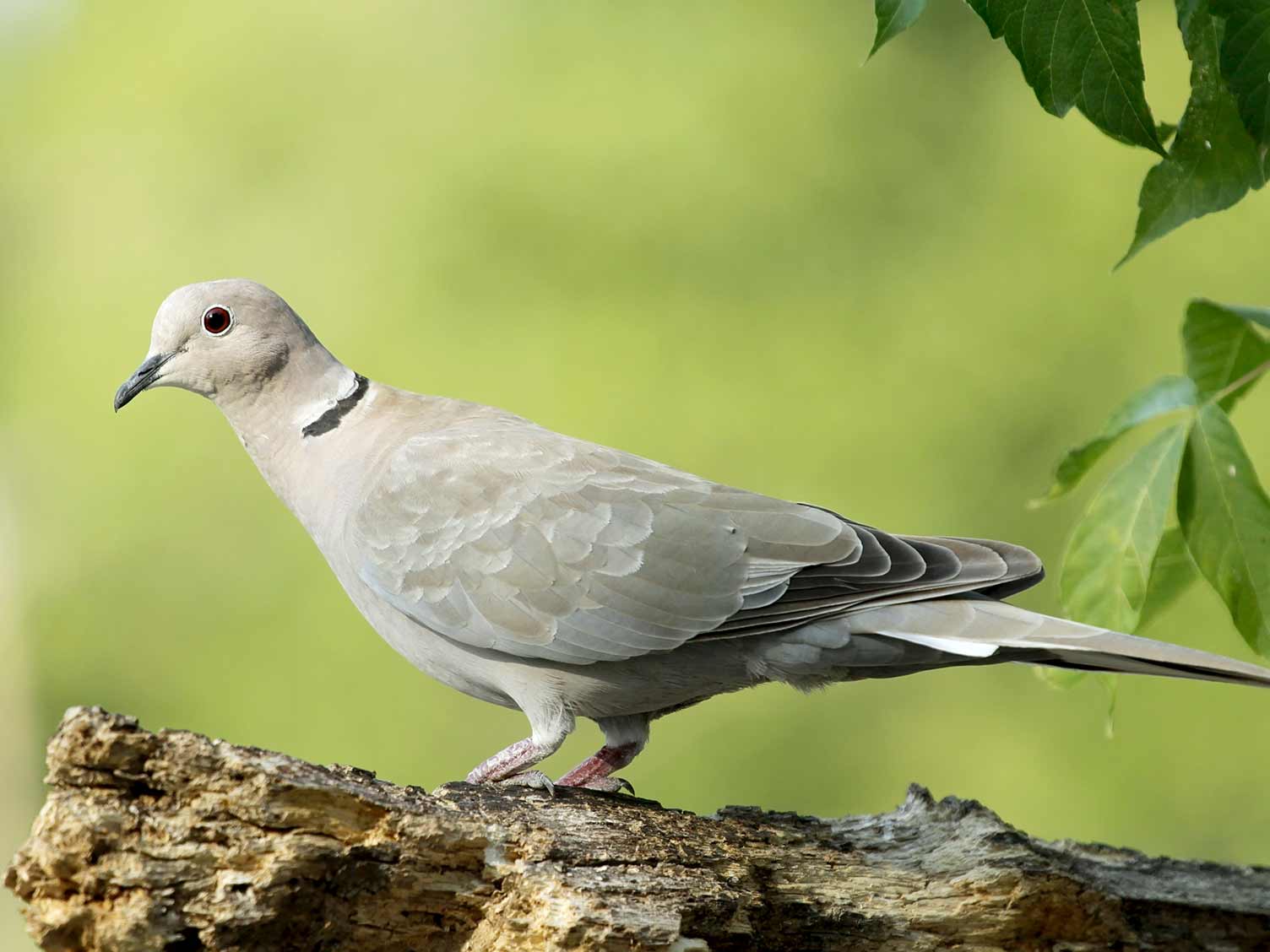
Pale, pink-grey to brown in colour, collared doves sport a distinctive black ‘collar’ around their necks which give them their name and identify them for garden spotting. Another clue to look out for is their reddish eyes and feet, if you can get near enough. Otherwise, listen out for their familiar monotonous cooing sound which is another sure giveaway.
3. Great Tit
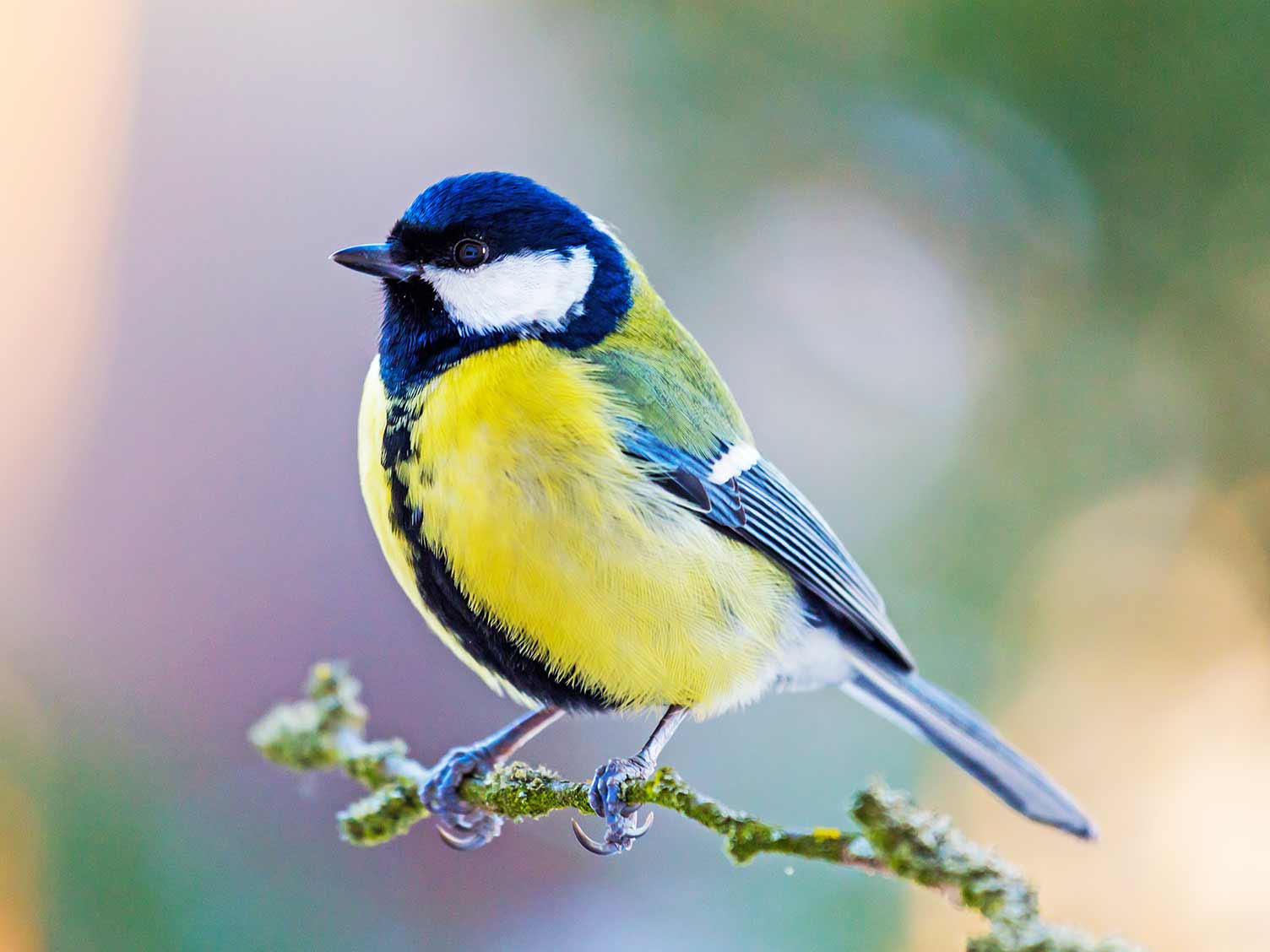
The resident great tit is the largest of the UK tit family (we cover four today). If you’re looking with your eyes you should see a black head with white cheeks. If you are listening with your ears, a two-syllable song is your give away. During the winter, the bird will join other breeds of tit and form a flock.
4. Goldfinch
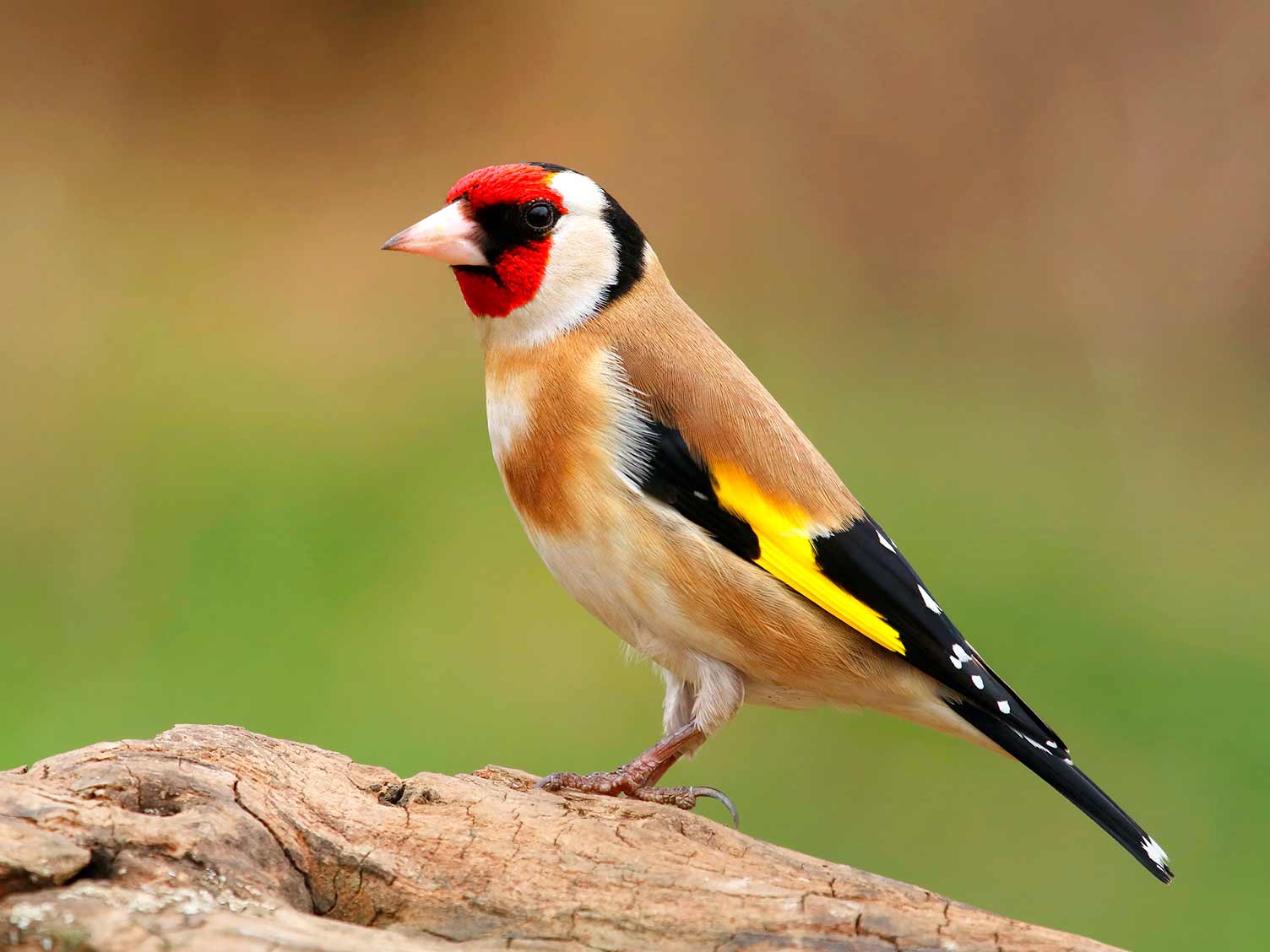
The goldfinch is a colourful British garden bird, with its vibrant red face and yellow wing. Listen out for their peaceful twittering around the bird stand for a likely spotting. Increasingly goldfinch are visiting UK garden feeders – however by winter they will have migrated to warmer climates as far away as Spain.
5. Chaffinch
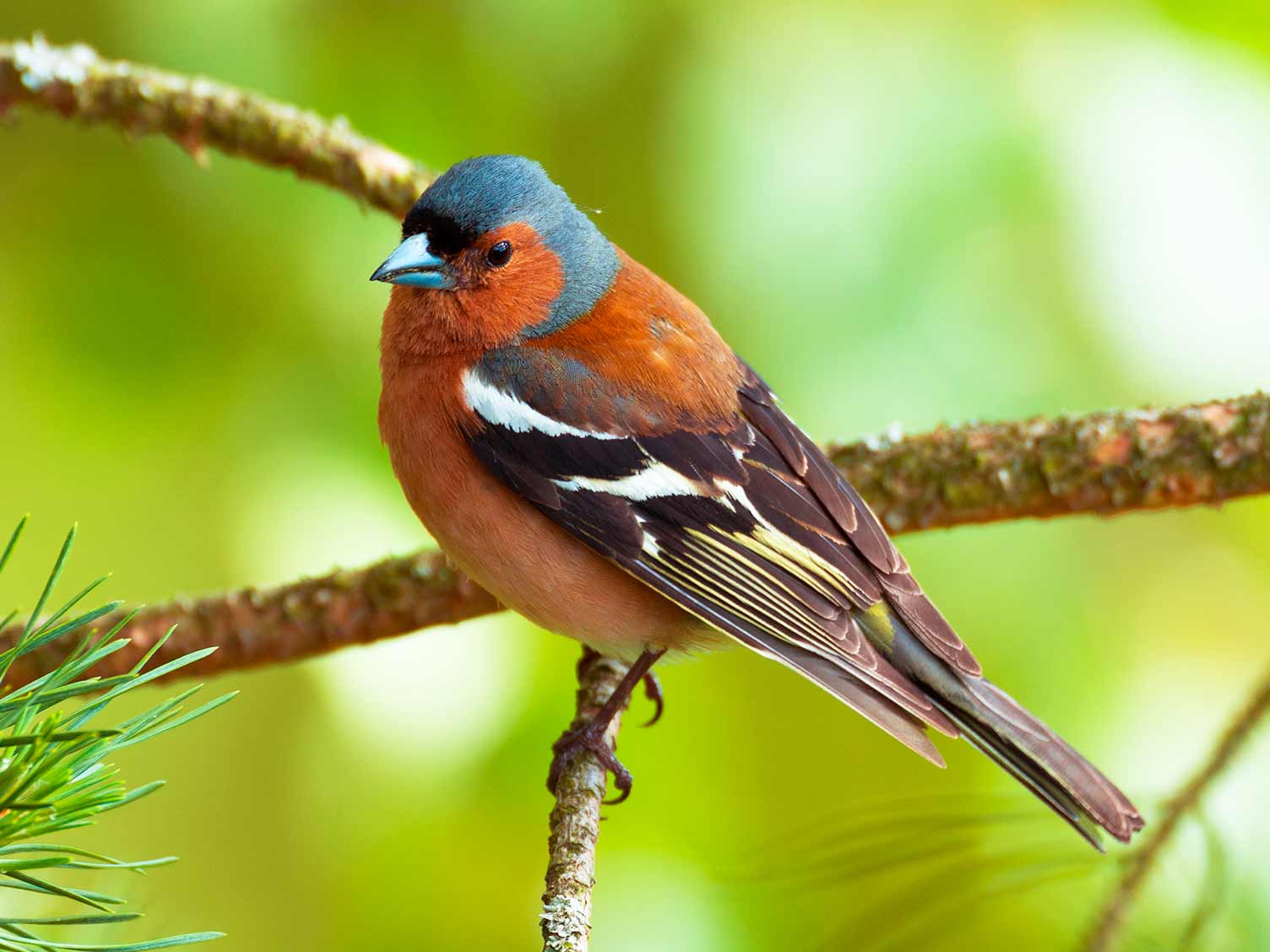
The UK’s second most common bird, the chaffinch is another bird to look out for in your garden. A good starting point is near the bird feeder. Although they won’t likely openly feed on the table, they can be spotted hopping down below looking for food in the hedges and on the ground. However, you are likely to hear this breed’s loud song before you see its partnered feathers that blend so expertly into the earth.
6. Wood pigeon
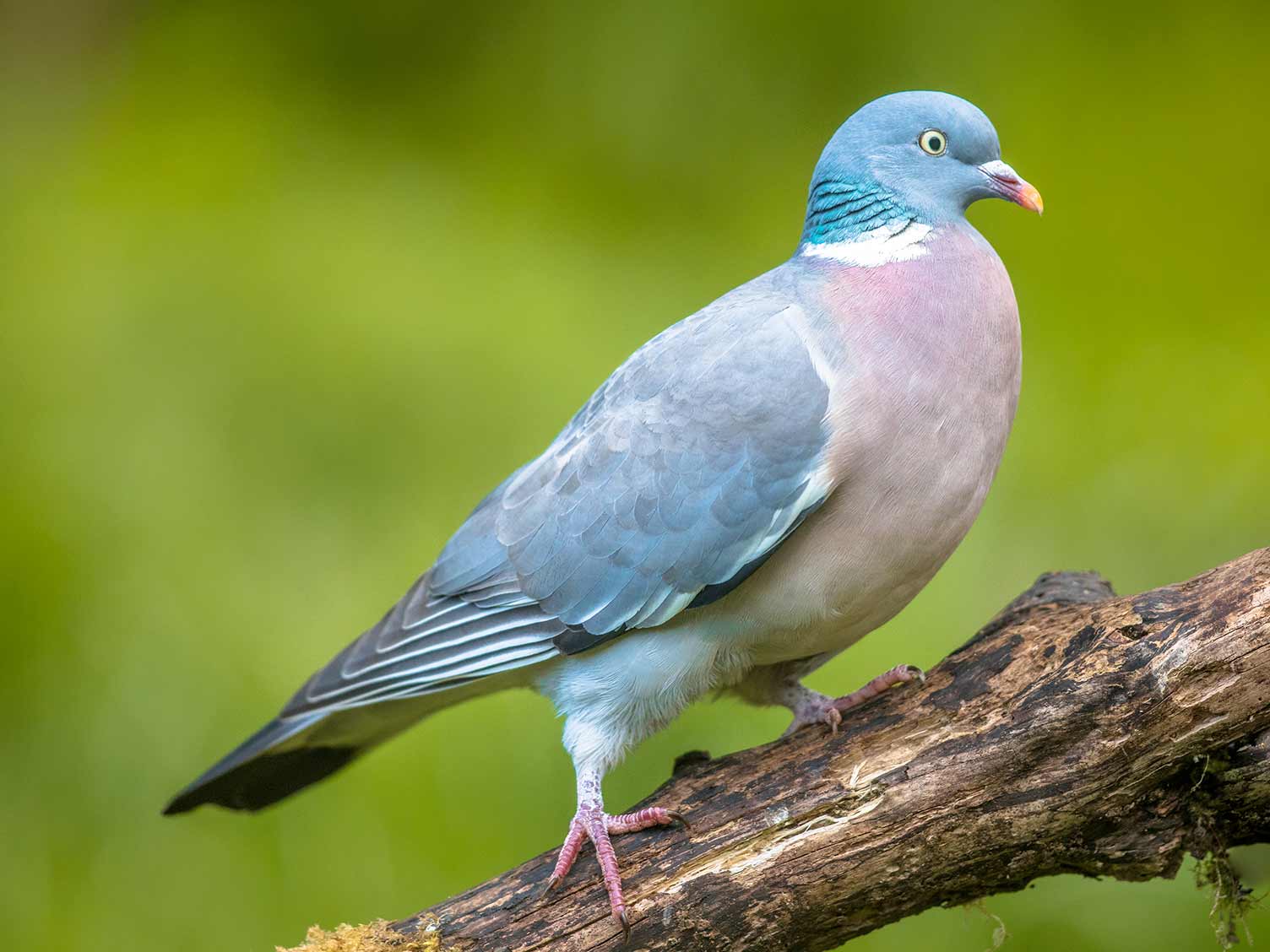
The UK’s most common pigeon, the wood pigeon is also the largest. The breed is mostly grey with white detail on the neck and wing. Listen out for its familiar cooing sound and the clatter of wings when it’s in flight.
7. Blackbird
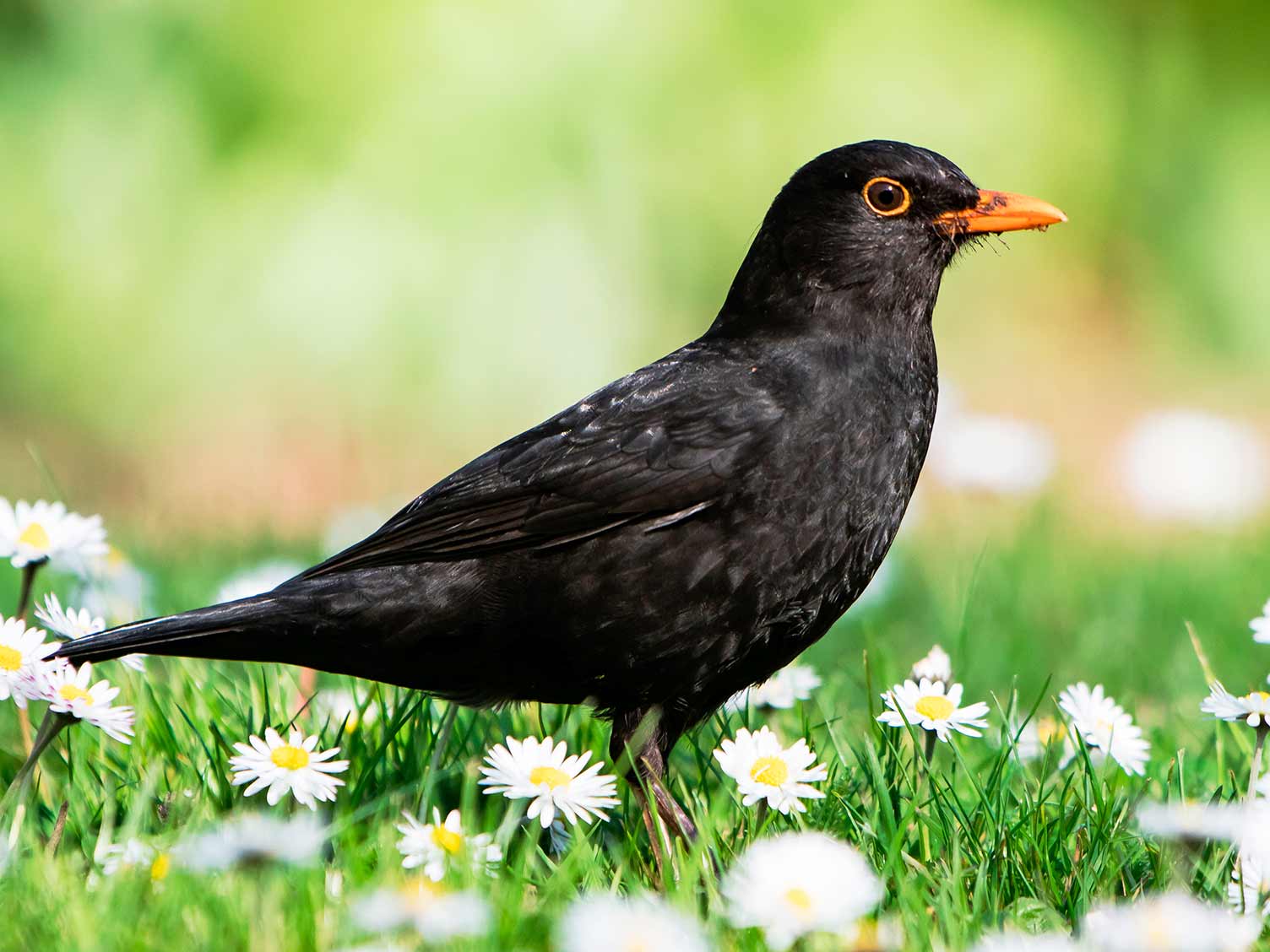
Their name may be a giveaway to their aesthetics, however this only really applies to the males. The females are actually mainly brown in colour with spots and other patterns on their breasts. Males are recognisable by their orange-yellow beak and eye area. Blackbird sing a mellow song and are commonly spotted in UK gardens.
8. Starling
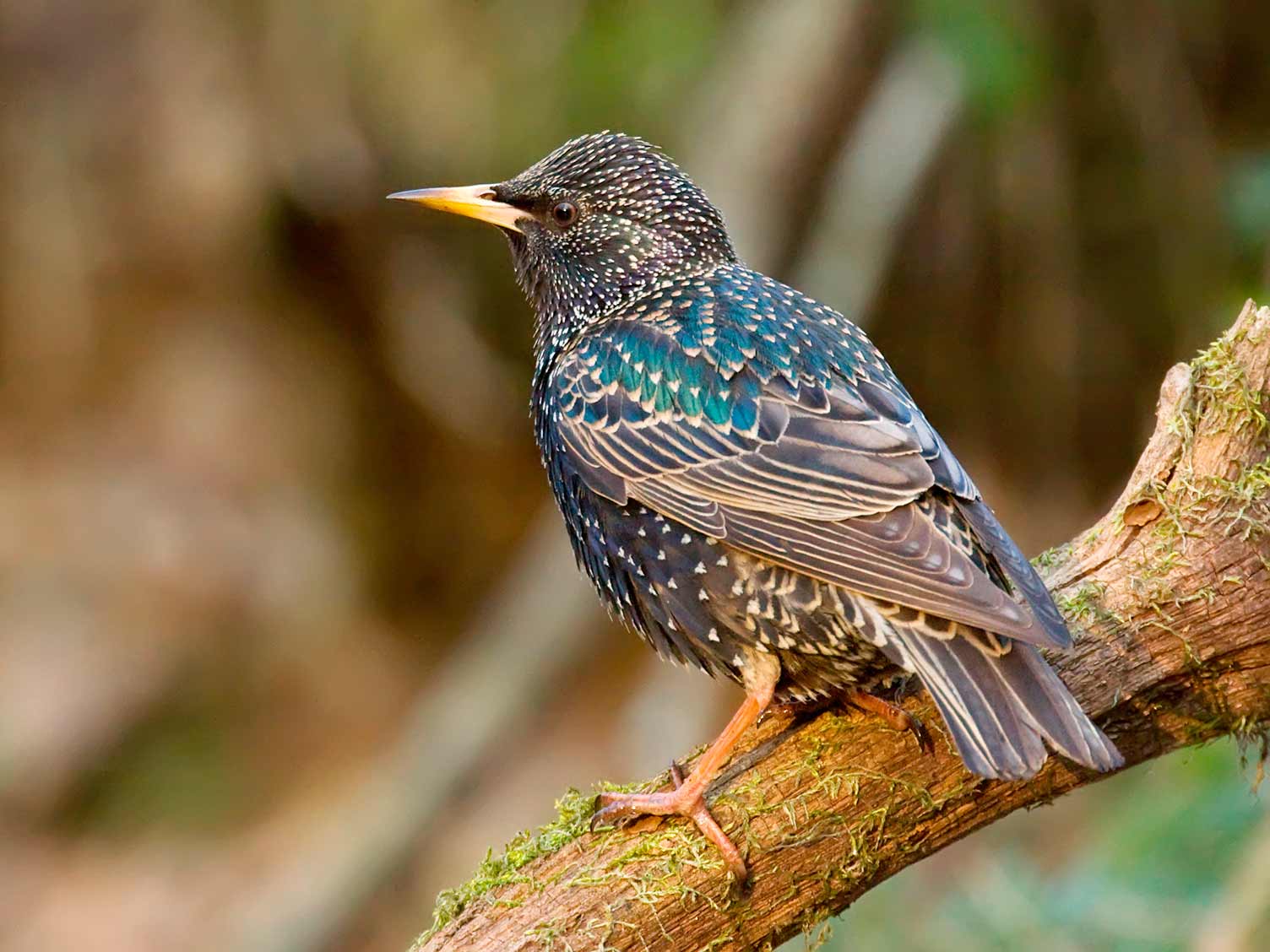
Starlings look black when spotted from afar, but get a look up-close and you will notice their purple undertones. They are slightly smaller than blackbirds in size, and tend to travel in flocks. They are a noisy and social species, making them hard to miss if you do come across a flock passing through your garden.
9. Blue Tit
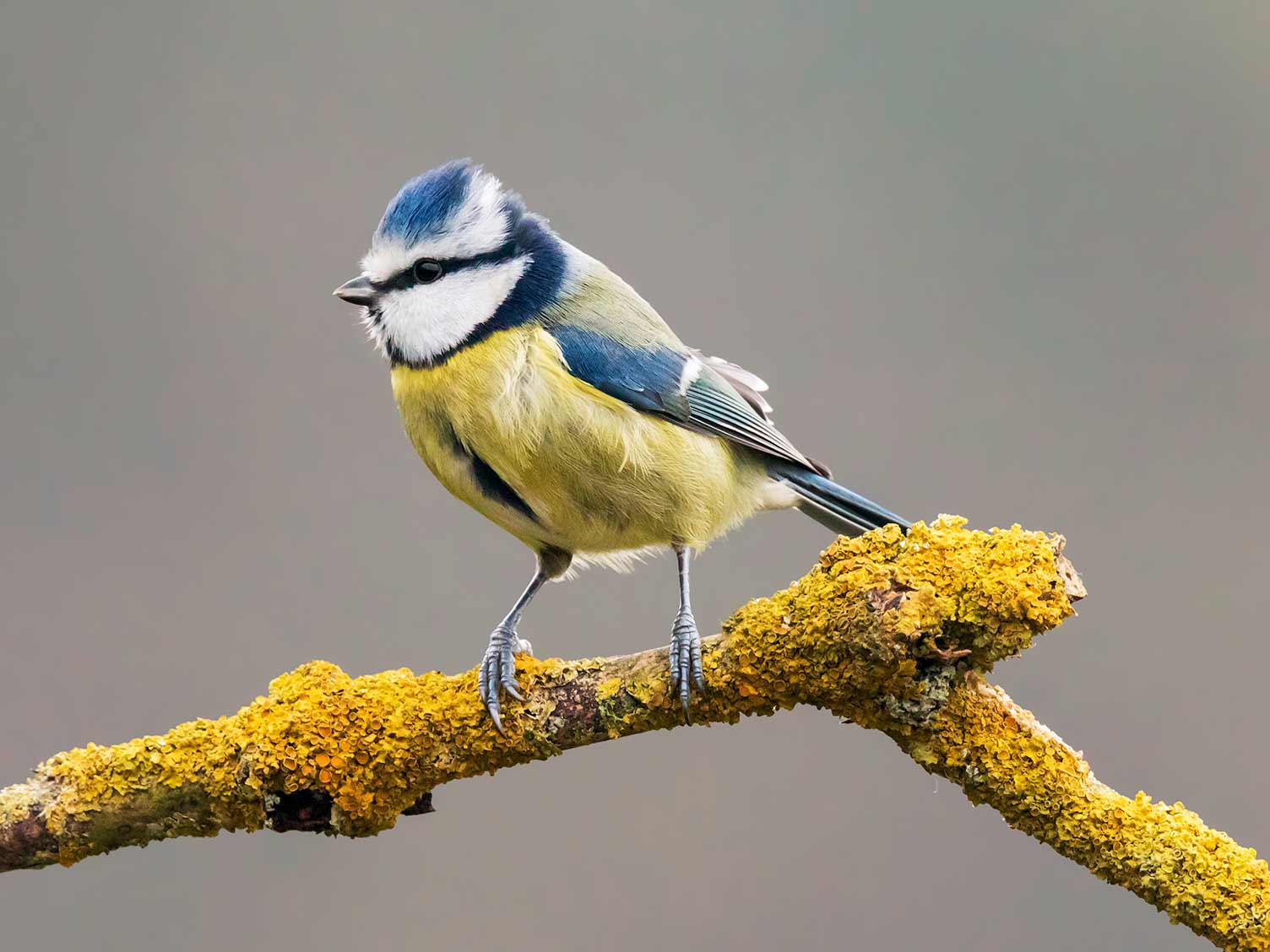
The blue tit is a colourful species, boasting hues of blue, yellow and green. This attractive bird is easily recognised in UK gardens. They tend to flock in groups in the winter as they search for food to feed their large families.
10. House Sparrow
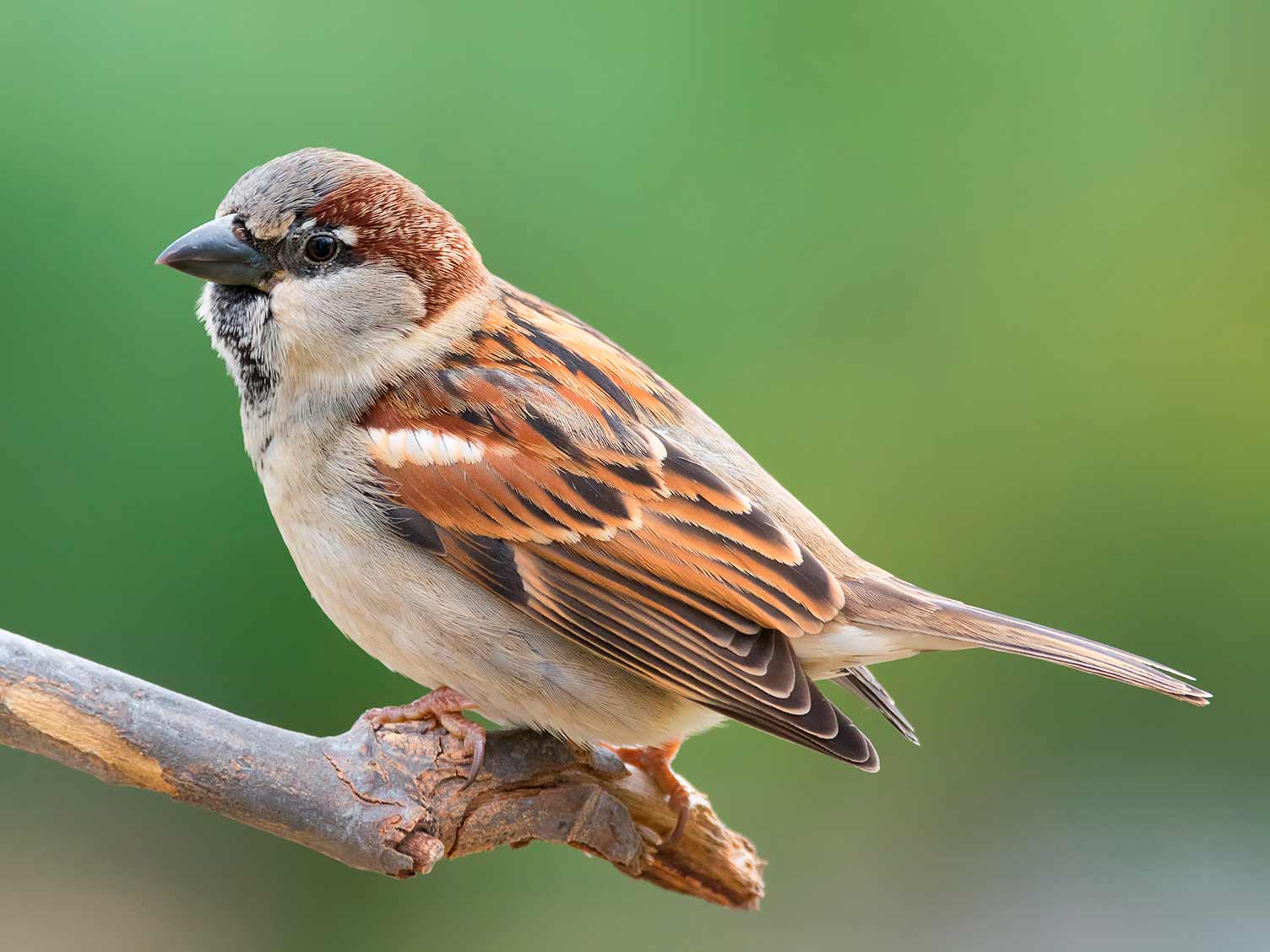
The house sparrow is in serious decline in some parts of Britain. The bird can be identified by its chestnut back and its black patterns. Interestingly, the house sparrow’s beak is a yellow-brown colour in winter, turning black in the warmer months.
11. Magpie
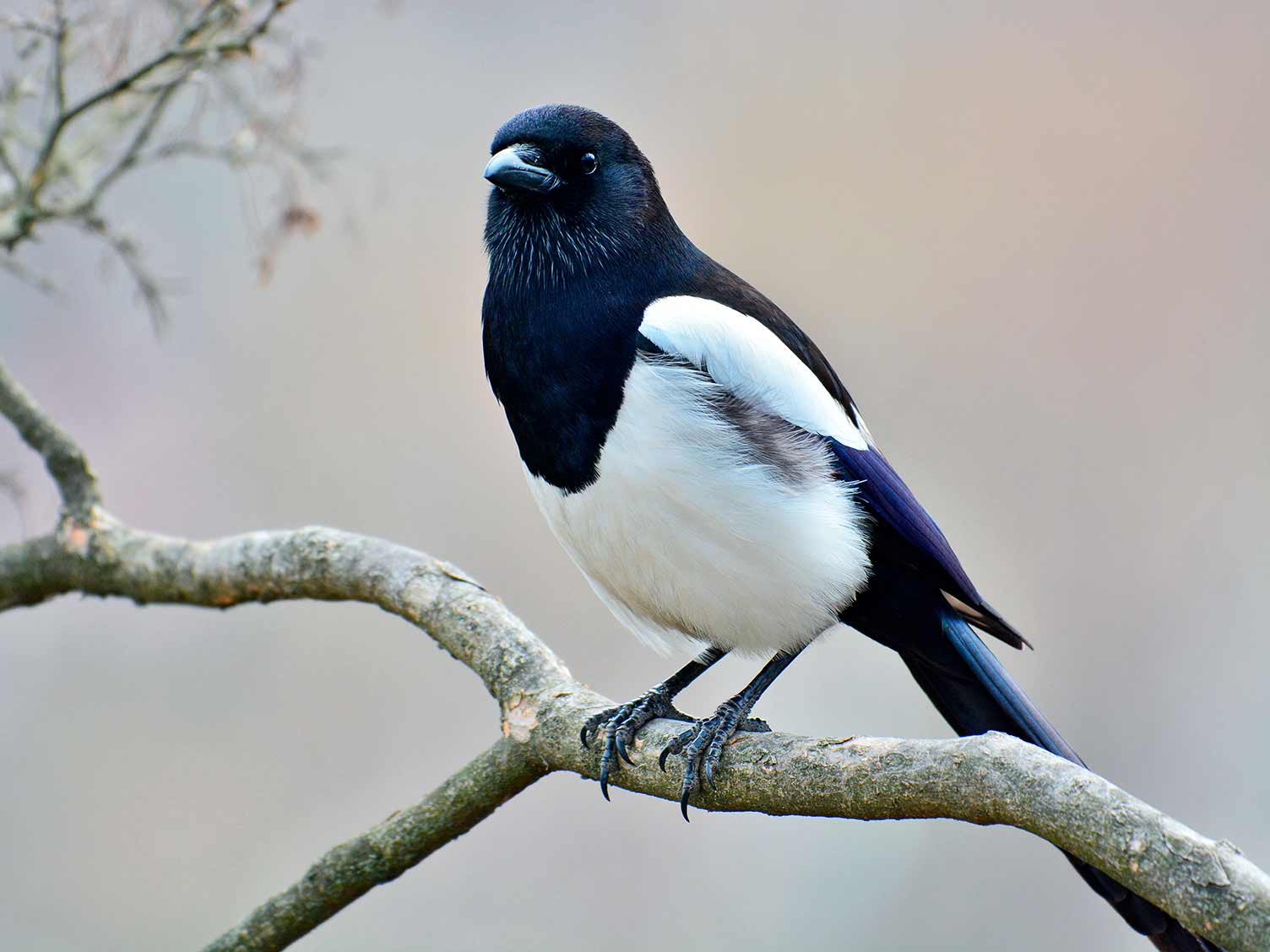
A unique bird, the Magpie is a noisy bird, distinguishable by its monochrome plumage and unique long tail. If you get a closer glance you will notice a purple-green hue to their dark feathers on the tail and wings.
12. Carrion Crow
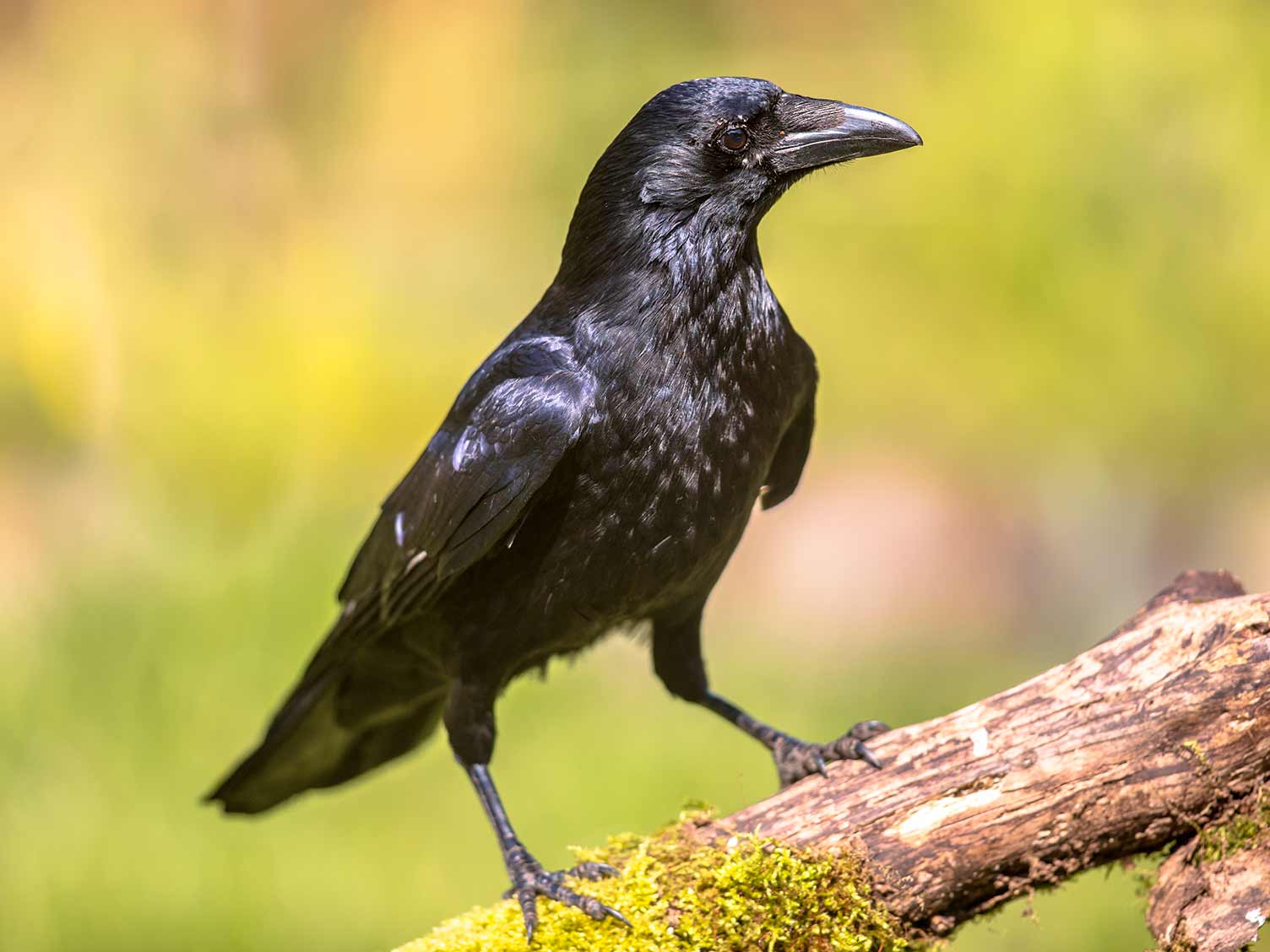
This bird is all black in appearance and can act clever and fearless. The carrion crow can however be quite wary of humans – however, if they find a safe spot for feeding they will surely return to that spot again. A fairly solitary bird, they are often spotted alone or in a pair.
13. Jay
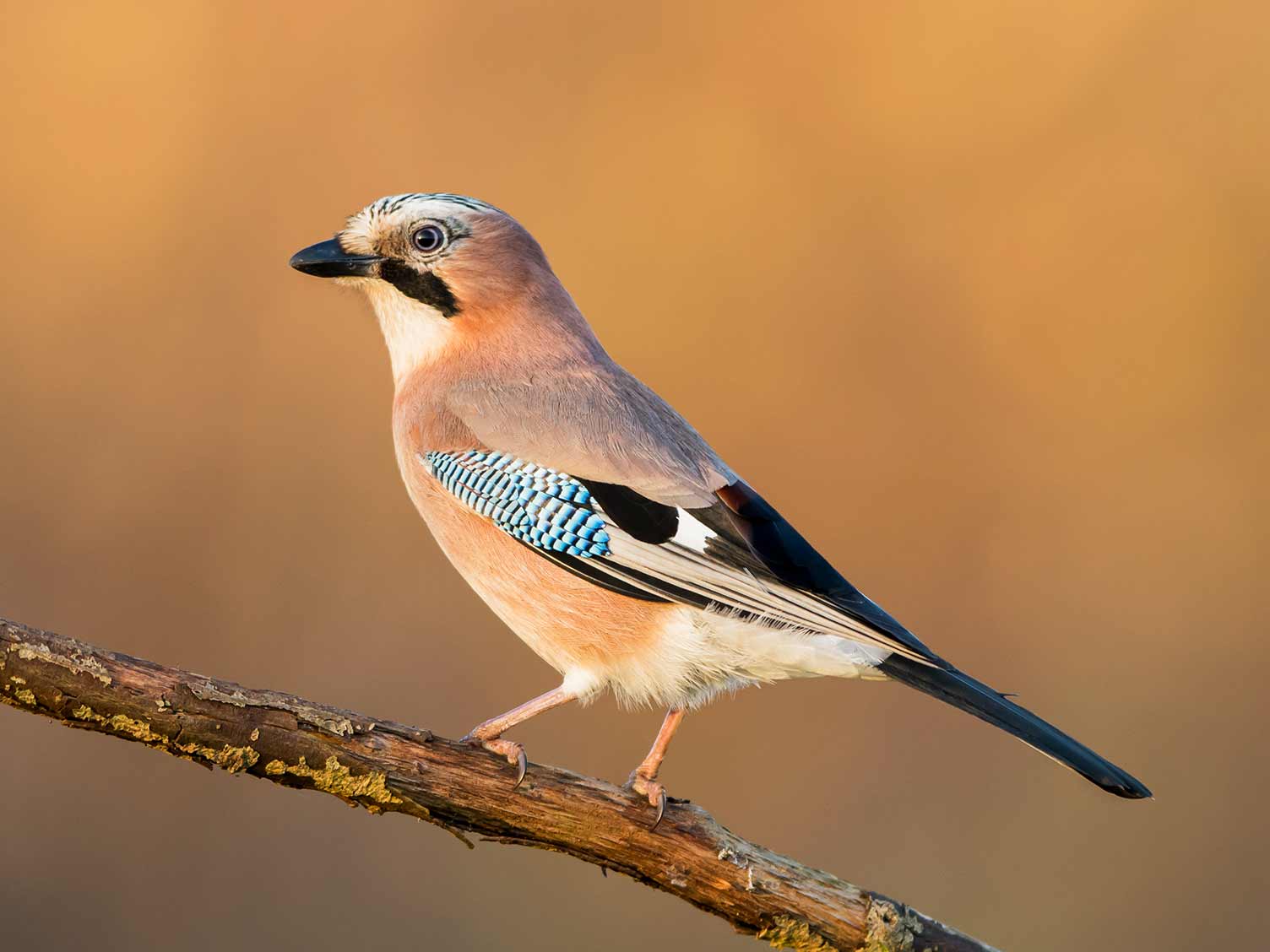
The jay is the most colourful member of the crow family and it can be seen all over the UK, except for far northern regions. These birds can be difficult to spot as they enjoy the cover of woodland and have a sweetspot for gardens with plenty of coniferous trees. The jay is renowned for feeding on mainly acorns, especially in autumn where it can be seen burying them in preparation for winter.
14. Wren
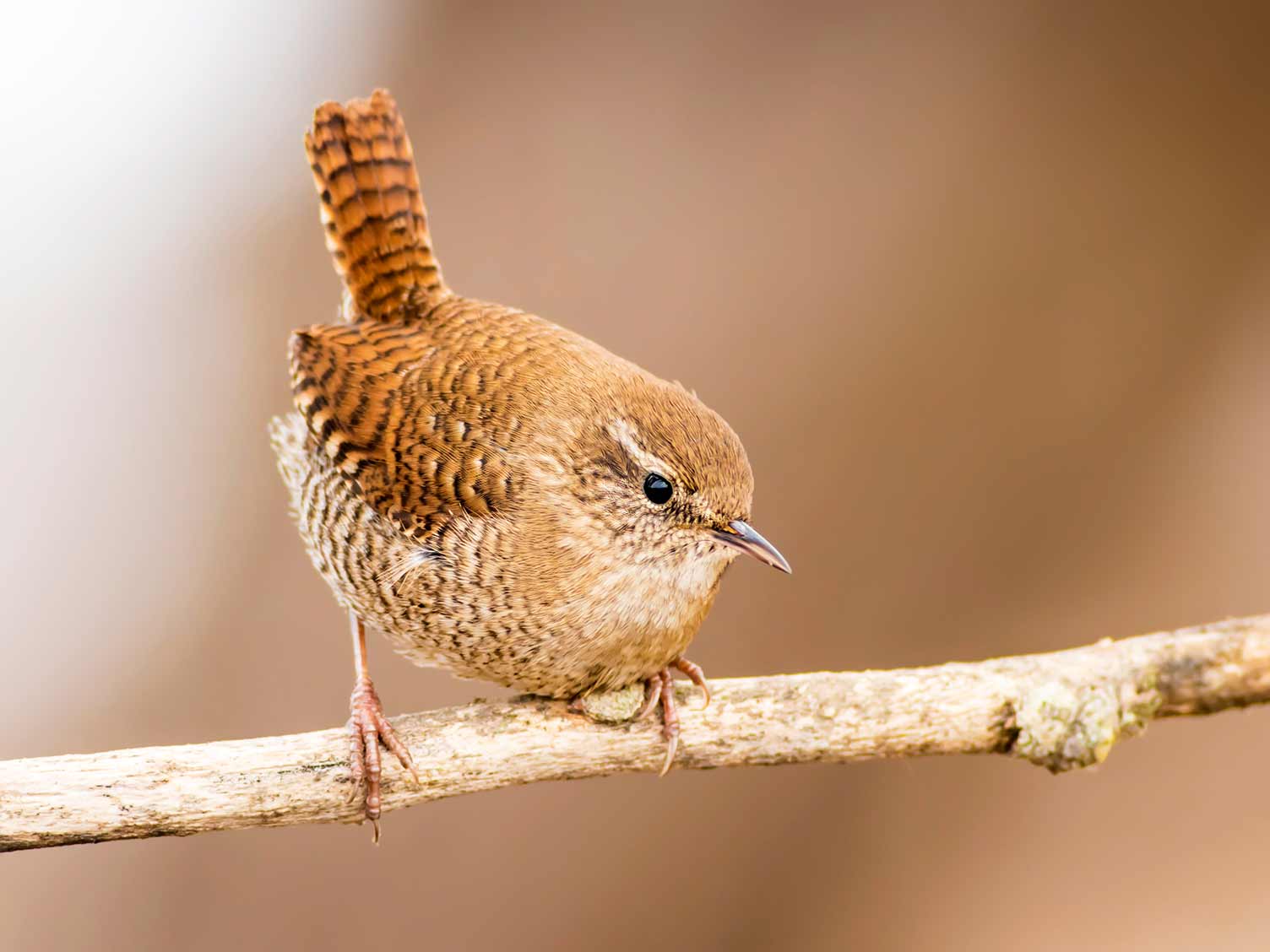
Small in size, the wren is a slim brown bird that is roundish in shape with a fine tail, which can be vertical. Surprisingly the wren has a loud voice for its size. The wren is the UK’s most common breeding bird.
15. Goldcrest
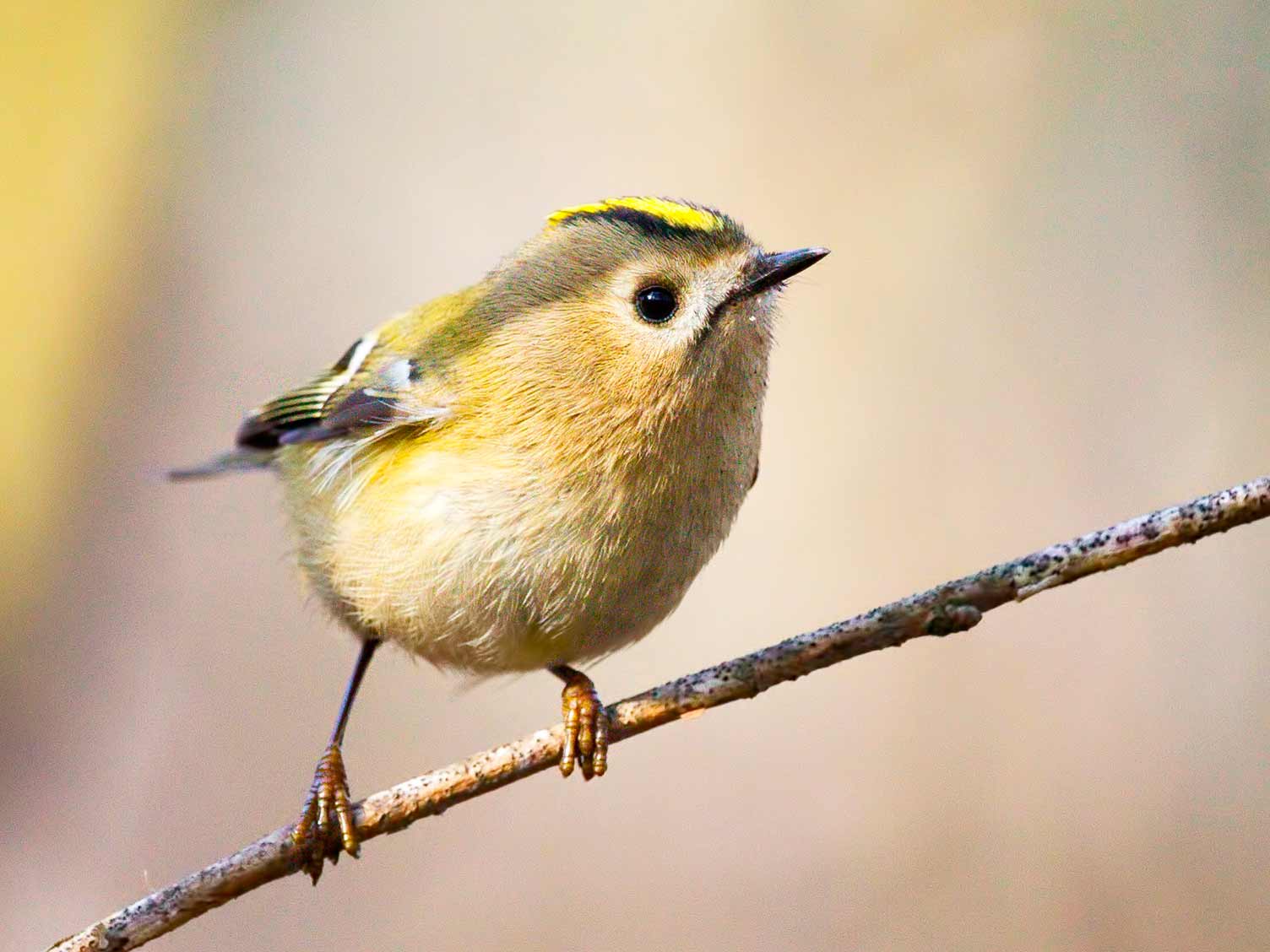
The goldcrest is the smallest bird in the UK. Grey-brown in colour they have a pale underbelly and a striking black and yellow stripe across their head. When spotting goldcrests, you can tell the gender by their colouring. Males have an orange middle to their stripe while females do not.
16. Dunnock
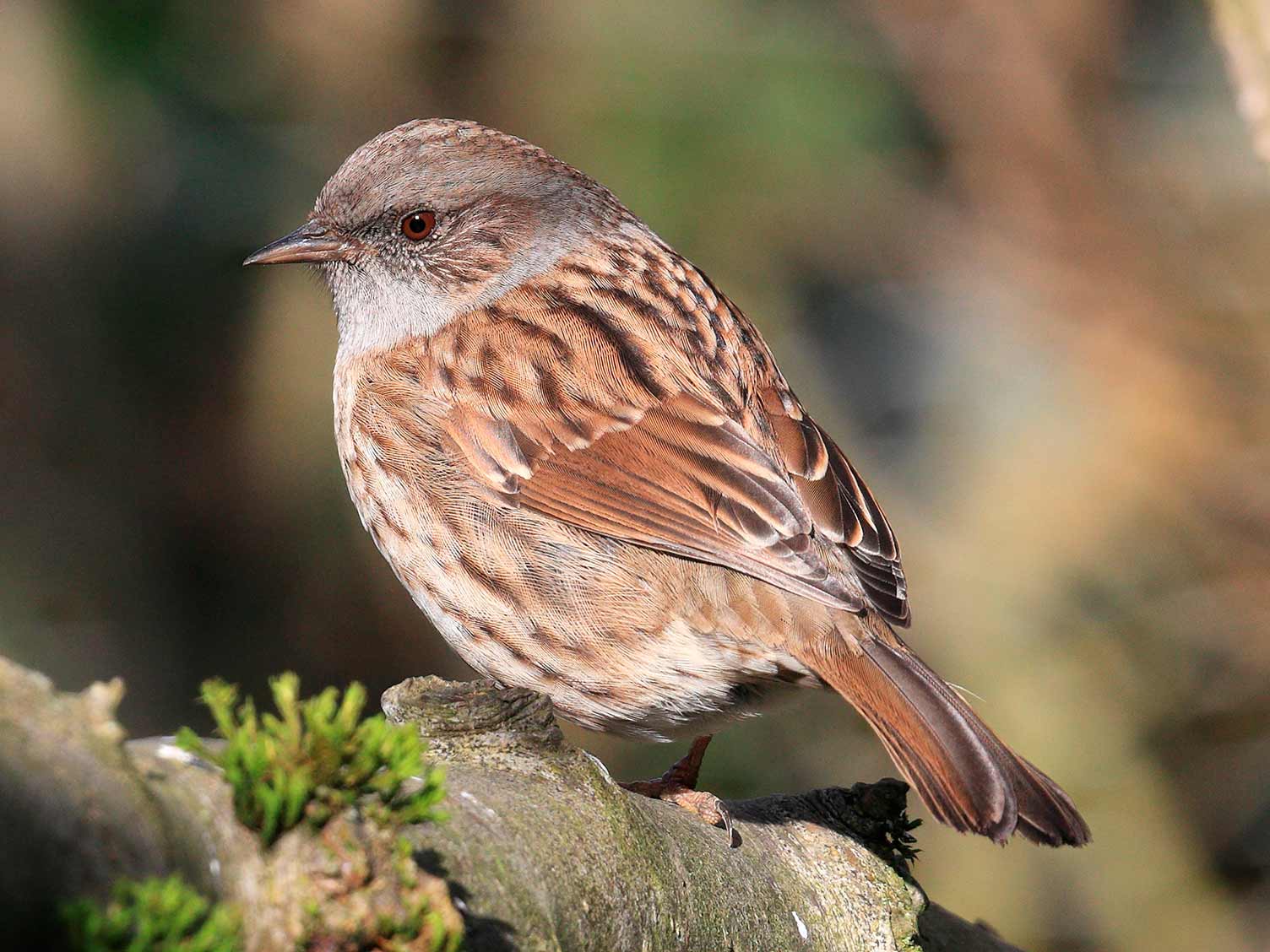
Another small bird, the dunnock is brownish grey in colour and quiet in nature. Often a solitary bird, the dunnock is usually spotted hopping near a flower bed or shrubbery-heavy area. Their movements are a giveaway of their species – look for a nervous shuffling movement to identity a dunnock in your garden.
17. Coal Tit
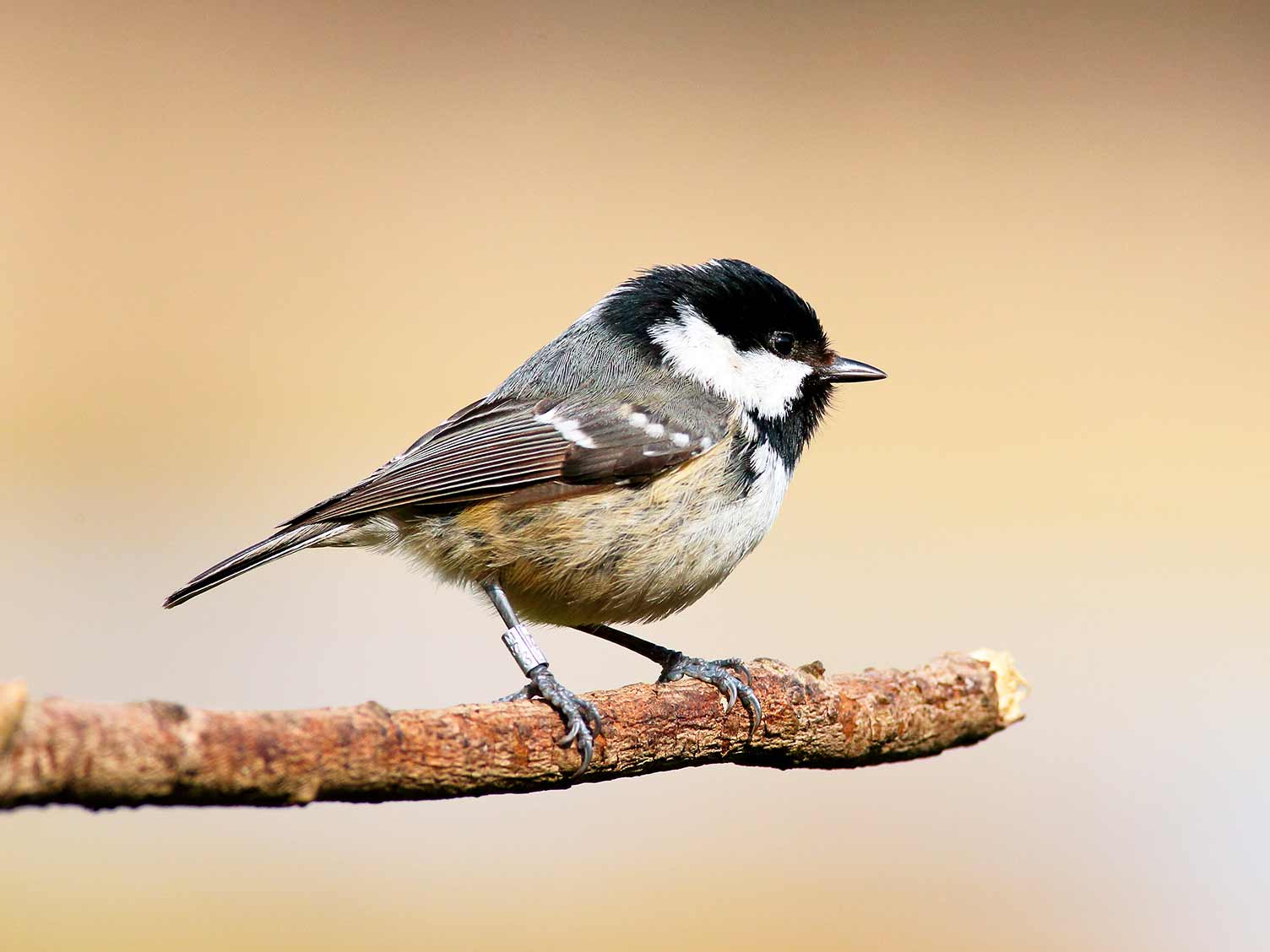
The coal tit is more grey-black than its more colourful relatives. This particular breed sports a white mark on the back of its neck which helps with identifying them. During the colder months the coal tit will join other tits and fly in flocks in search of food.
18. Long-tailed Tit
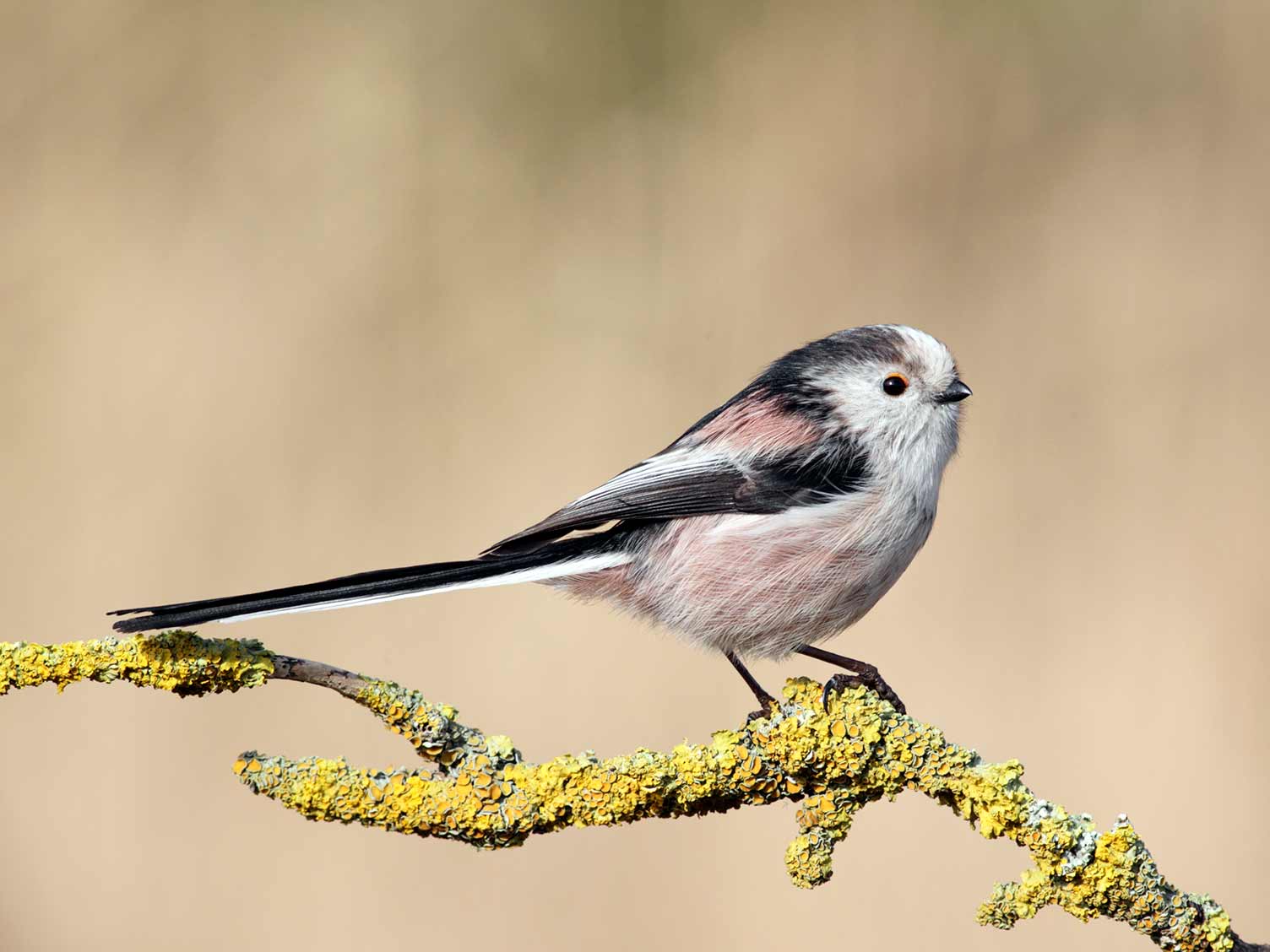
The long-tailed tit is one of the more easily recognised species, with its characteristic colouring. A fluffy and pinkish bird, the long-tailed tit is a gregarious bird that can usually be found in flocks or twenty of so. As the name gives away, this particular breed has a large tail that exceeds the size of its body.
19. Greenfinch
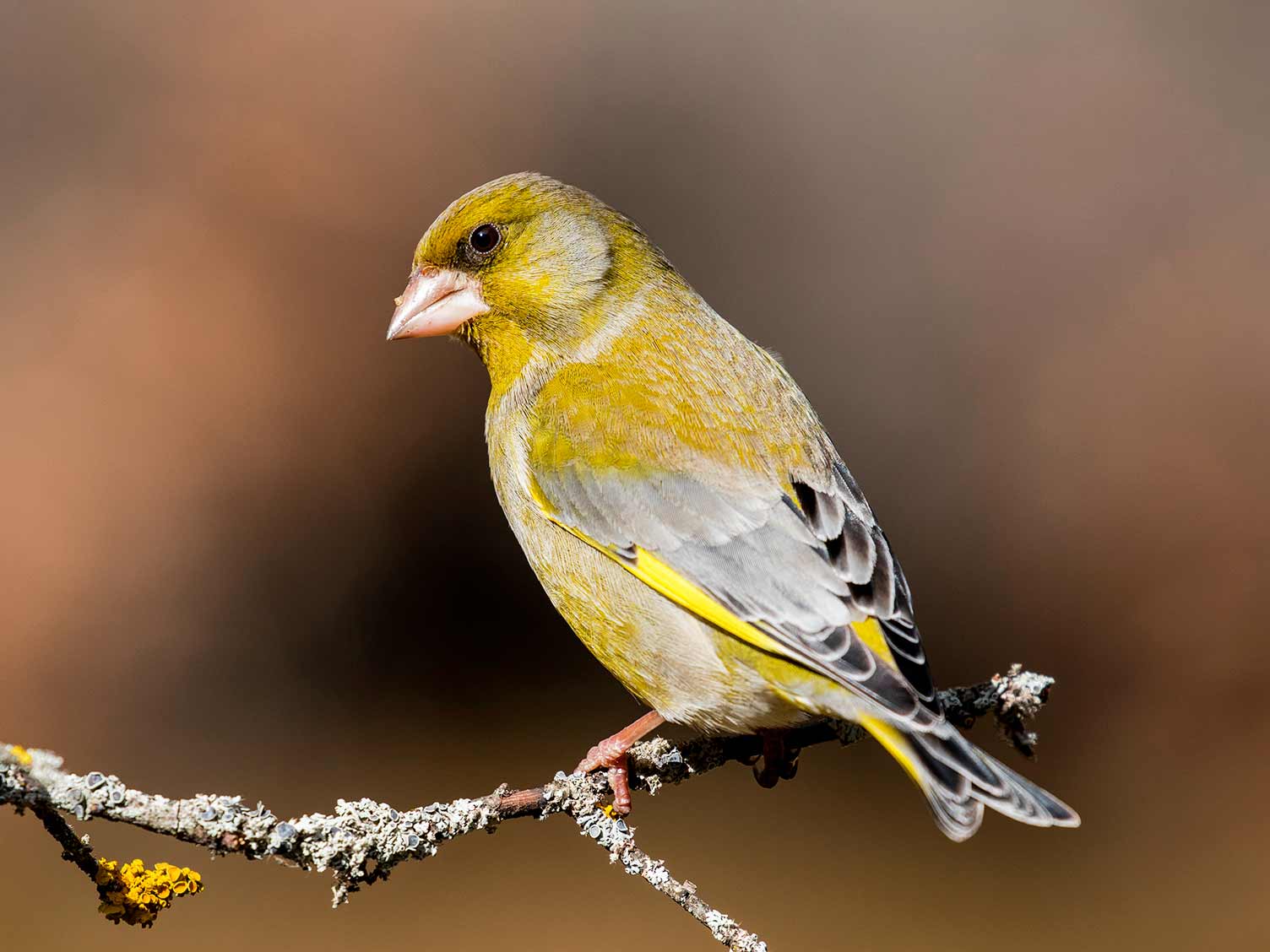
The greenfinch is another colourful bird that displays flashes of green and yellow as it flies. They can often be found in village gardens all year round, as they commonly enjoy the countryside. You can attract these wonderful birds with most bird seeds and insects but sunflower seeds are a real favourite.
